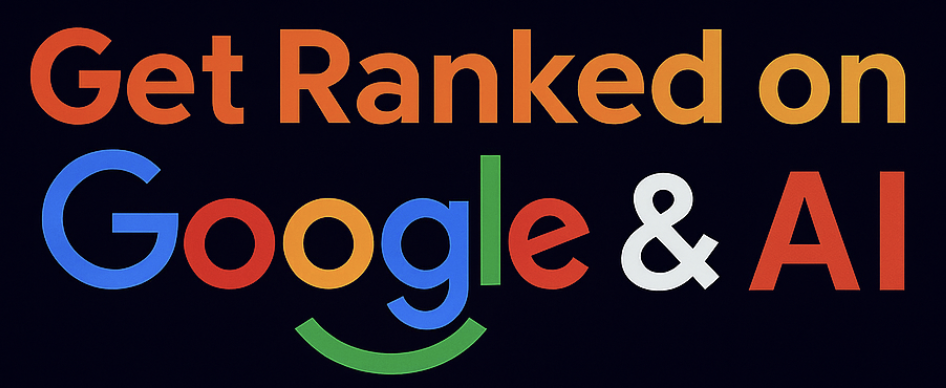When was the last time a number made you feel something?
That’s the magic of data-driven storytelling, when facts don’t just inform, they inspire.
Modern audiences scroll fast. They don’t stop for random figures, but they pause for stories that connect numbers with meaning.
The most effective social media content blends data storytelling with emotion, clarity, and visual design.
Every statistic can be a story if you frame it the right way.
Table of Contents
Make Your Data Speak: Transform Insights into Stories That Sell
Numbers give credibility, but stories create connection.
Think of a post that says “Customer engagement rose by 80%.”
Now compare it with “A single idea helped 200 small businesses double their online visibility in three months.”
Both share data, but only one sparks emotion.
That’s the heart of storytelling with data transforming abstract data insights into relatable narratives.
A 2024 HubSpot report found that posts combining visual data and storytelling saw 35% higher engagement on LinkedIn. It’s not because people love charts, but because visuals help them see proof behind the message.
Want to understand how storytelling fuels smarter campaigns? Explore data-driven marketing and learn how analytics turn creativity into measurable growth.
The Inspiration Gap: Why Raw Data- Driven Storytelling Fails to Connect

Raw statistics can feel cold or confusing. Humans remember feelings, not spreadsheets.
Traditional data analysis focuses on what happened, while storytelling explains why it matters. The challenge lies in giving numbers a narrative structure : a beginning, a turning point, and a takeaway.
The best data narrative simplifies information through three key layers:
| Layer | Focus | Impact |
| Data | Facts and figures | Credibility |
| Story | Human context | Connection |
| Visuals | Charts, reels, infographics | Memory retention |
When combined, they create a story that both informs and moves people, a skill every modern marketer should master.
Pair your creativity with precision. Our guide on using data analytics insights help you uncover what your audience truly responds to.
The Power of Proof: Why Examples of Data Builds Trust and Virality
Trust is the true currency of social media. People share posts they believe, and belief often begins with proof.
Research suggests that content underpinned by original data tends to attract more backlinks and engagement, because numbers lend credibility and social proof
Here’s how data boosts performance:
- Authority: Facts back your voice, positioning your brand as a reliable source of truth.
- Relevance: Statistics show you understand the current landscape.
- Shareability: Audiences love quoting clear, simple insights especially visual snippets.
This combination of credibility and clarity is what gives data-driven storytelling its lasting impact.
Build brand credibility with campaigns that speak through numbers. Discover how social media marketing and content marketing can strengthen your brand authority online.
The 5-Step Data- Driven Storytelling Framework

Anyone can pull numbers from a report. The skill lies in data storytelling techniques that turn information into emotion.
Try this simple storytelling framework:
Step 1. Start with a question
“What challenge are we solving?” opens curiosity and prepares the mind for insight.
Step 2. Gather your stats
Use credible sources like Think with Google, Statista, or your own business analytics. These platforms provide examples of data that make your points concrete.
Step 3. Create context
Ask what the data means for people. Explain why it matters that this transforms analysis into story.
Step 4. Visualise
Use data visualisation tools like Canva, Flourish, or Google Data Studio. Well-designed visuals enhance data communication and turn raw stats into visual representations people can digest quickly.
Step 5. End with insight
Summarise what can be learned or done next. This makes your story actionable and memorable.
Each element adds a new dimension to your data storytelling skills, helping your content feel both intelligent and human.
The Foundation of Trust: Sourcing Credible Data for Your Story
Strong stories start with the right numbers. Credible data comes from trustworthy sources — the kind that update regularly and align with your audience’s reality.
Good sources for marketers include:
- Think with Google – market trends and business intelligence reports.
- HubSpot Research – social and content benchmarks.
- MDEC and Statista – regional insights for Malaysia and APAC.
When checking examples of data, avoid vanity metrics like “views” or “impressions” unless they connect to behaviour change or conversion. Prioritise data storytelling tools that highlight context rather than volume.
The goal is to ensure every number used enhances your story, not just fills space.
Strengthen your credibility with a stronger online footprint. Explore our SEO Services and Local SEO to make your data-backed stories discoverable to the right audience.
Visualising Impact: The Right Chart for the Right Story
It’s one thing to have brilliant data, but if it doesn’t stop the scroll, it’s wasted. On social media, your visual is the story’s headline.
Don’t just pick a chart; pick the perfect visual evidence for your claim. This is the core of visual data storytelling.
a. Choose Your Chart Wisely for Effective Data Storytelling
Different types of data need different spotlights. To create compelling narratives, think of your chart as the actor best suited for the role. Mastering data visualisation storytelling means ensuring every graphic serves the narrative:
- For Showing Change Over Time: Stick to a Line Chart. It makes trends, upward growth or sudden dip , gives an instantly clear view .
- For Comparing Categories: Use a Bar Chart. Simple comparison makes it easy to see the winner.
- For Breaking Down a Whole: Use a Doughnut or Pie Chart. They’re ideal for showing how parts contribute to the total.
b. Mastering Social Media Formats with Interactive Storytelling
Social platforms demand visuals that fit their unique rhythms. Tailor your delivery for maximum impact using smart narrative techniques.
- The Sequential Story (Carousels): This is a perfect format for interactive storytelling. Use the slides to build a data-backed narrative: start with a question, present a chart, and finish with the key actionable insights.
- The Stop-Motion Fact (Reels/Shorts): A brief video is perfect for delivering single, striking data visualization storytelling examples. Use dynamic graphics to highlight the number, achieving a powerful punch in under ten seconds.
c. Design for the Scroll-Stopper using Data Visualization Tools
Good design ensures your proof is legible and memorable, even on a small phone screen. This is where your chosen data visualisation tools (like Canva or Flourish) become essential.
- Be Bold with Colour: Use a single, high-contrast brand colour to draw the eye immediately to the most important data visualisation. Avoid clutter and muted tones.
- Edit the Text: The visual should be digested in under three seconds. To generate compelling narratives, ensure your charts feature minimal text; write the full explanation in the caption.
- Prioritise Legibility: Ensure all fonts are large enough and eliminate unnecessary gridlines. Whether you opt for simple static graphics or advanced interactive visualisations, clarity is the ultimate goal.
Scaling the Story Impact: When Numbers Come Full Circle
A good story sparks emotion; a great one changes outcomes.
Once your campaign is live, it’s time to evaluate. Use data analysis storytelling to connect creativity with results. Track metrics such as:
| Metric | Purpose |
| Engagement rate | Reveals emotional connection. |
| Saves and shares | Shows perceived value of your story. |
| Comments and sentiment | Indicates audience reaction and tone. |
| Conversions or enquiries | Measures tangible results. |
This loop transforms data storytelling into a learning system, one that continuously improves your content performance.
The more stories you tell, the more data insights you generate for the next round of content.
That’s how storytelling and analytics complete each other.
Turn your metrics into momentum. Use Google Ads to expand your reach and drive data-informed conversions.
Stop Reporting, Start Storytelling: Bring Your Data to Life
Every set of data holds a story. It just needs the right voice to bring it to life.
By blending your insights with empathy, structure, and compelling visuals, you turn cold analysis into a powerful story that people don’t just read; they feel.
Mastering this skill enhances brand communication, drives data literacy within your team, and transforms your content from passive information into an active tool for conversion.
The time for flat reporting is over. The next chapter of your content strategy demands narrative.
Let your data work harder. Start turning insights into action.






